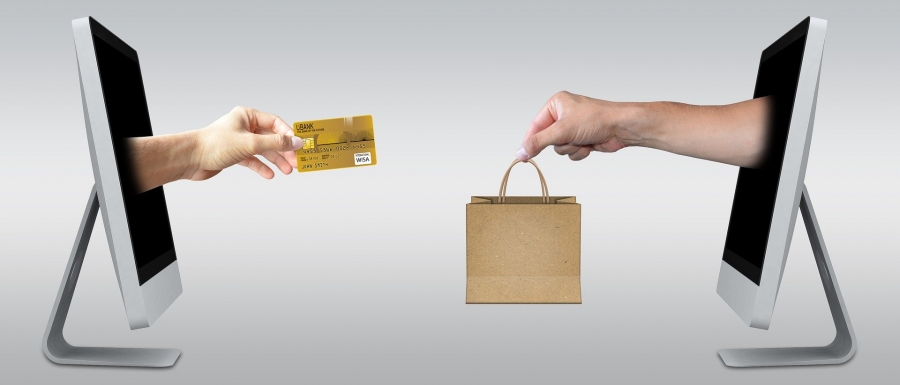According to Kantar’s COVID-19 Barometer study, several new shopping patterns have emerged, including an uptick in e-commerce shopping. Online shopping has seen a 32% increase during the pandemic, with some estimates as high as 45%. Post-pandemic, this increase in online shopping is likely to continue as consumers continue to limit their physical outings to stores and utilize curbside pick-up services for convenience. Walmart.com has seen a 74% growth in online pick-up since the start of the COVID-19 pandemic, and now half of all their shoppers are using online grocery pick-up.
The pandemic has also increased desire for a “good value” on products. 50% of respondents to the Kantar study strongly felt that businesses should be offering discounts while the economy is recovering. As unemployment continues to rise, consumers will remain cost-conscious and continue to seek bargains.
But while consumers are reducing total spending, they still prefer to spend on brand name products. Surveyed consumers said they preferred to spend on name brand products as opposed to private labels. For instance, 61% said they chose name brand cleaning products, 58% purchased name brand packaged foods, and 54% say the same for name-brand soda and coffee (Survata). This is counter-intuitive to what most people would think would result during an economic downturn but means that consumers are considering factors other than price when making their purchases. Brand trust is one possible reason for brand name preference, while perceived product value and availability are likely driving the name brand preference. 72% of those surveyed said they have become much more aware of product availability due to pandemic-related food and paper good shortages, and 64% indicated that product availability had a big influence on their purchases.
Local businesses have seen an increase in demand as well. Many local farmers have seen interest increasing for freezer meat and produce as people grow weary of hikes in grocery store prices and with more people cooking at home. It’s a wake-up call for consumers to realize they can easily go directly to the source and buy from farmers versus going to the grocery store. One other interesting result in pandemic-related shopping behavior is that nearly 20% of the population cut their alcohol consumption. This new trend, which has been dubbed “Drysolation,” is the result of consumers eliminating non-essential purchases. While this is not good news for beer companies (which have been hit hard with the closure of restaurants and bars), this trend will likely reverse itself as the economy continues to recover.
While wearing masks and one and one-way shopping aisles will eventually fade away, the pandemic will change how consumers shop for years to come. Companies that don’t evolve their brand and distribution to support this new consumer behavior will be left in a lurch. The tendency in a time like this is to stop spending on marketing. In reality, it’s never more important than times like this. These times of uncertainty help define who will be in the lead when everyone returns to a new normal.




